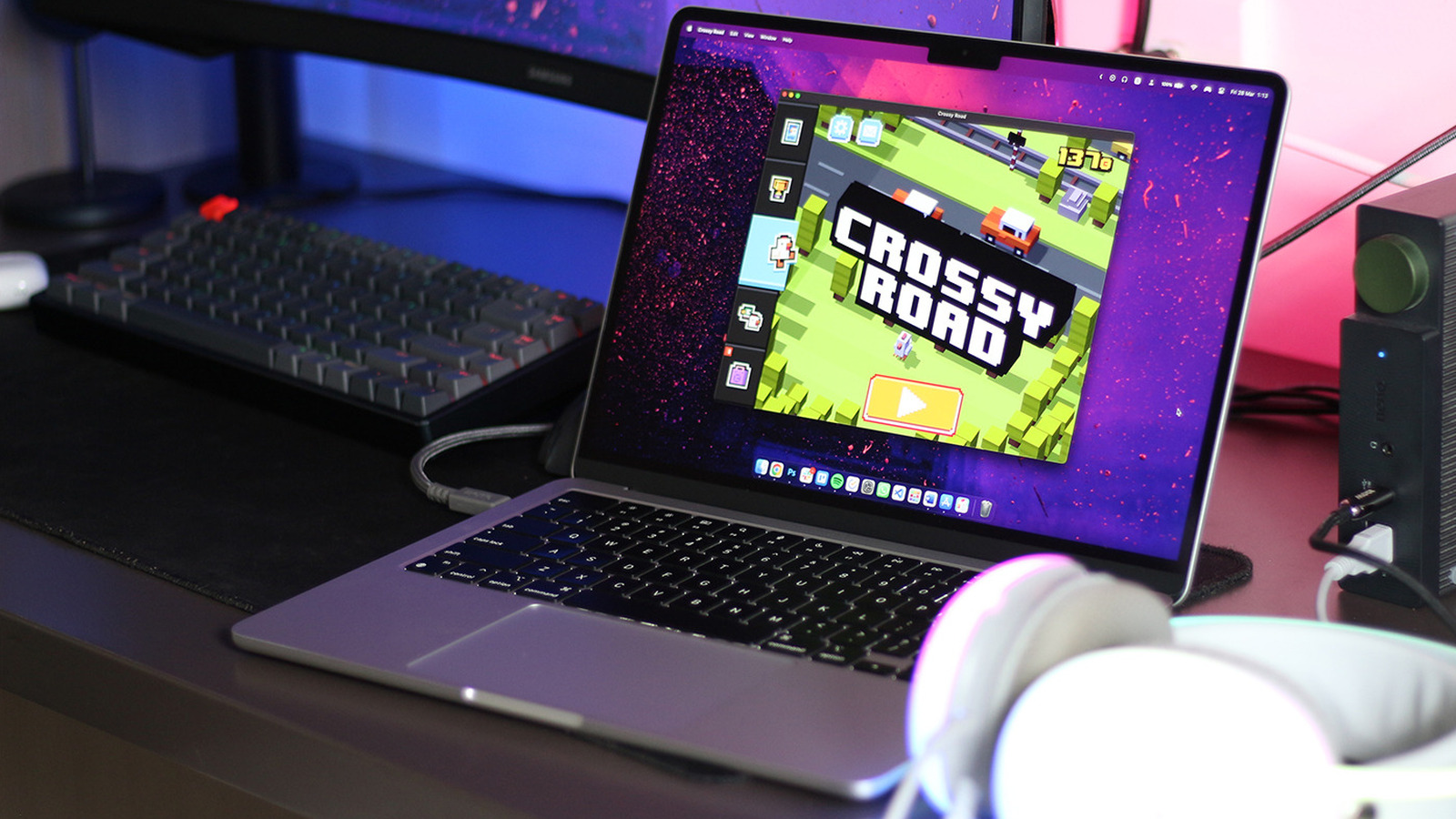Physical Security Controls
Physical security controls serve as the foundation of protecting an organization's critical assets, people, and facilities from both internal and external threats. These protective measures create multiple layers of defense against unauthorized access, theft, damage, and natural disasters. Unlike digital security measures, physical controls provide tangible barriers and monitoring systems that secure real-world assets. From government facilities to corporate offices, these controls form an essential component of a comprehensive security strategy. Organizations implement various types of physical security controls to create a robust defense system that not only prevents security breaches but also detects, responds to, and helps recover from security incidents. Understanding and properly implementing these controls is crucial for maintaining the safety and integrity of any facility. Understanding Deterrent Controls Deterrent controls represent the first psychological barrier against potential security threats. These measures aim to discourage unauthorized access by creating a visible and intimidating security presence. Their primary function is to make potential intruders reconsider their actions before attempting any breach. Key Components of Deterrent Controls Security Personnel and Robotic Systems Modern security operations combine human guards with advanced robotic sentries. These automated systems enhance traditional security patrols by providing constant surveillance and immediate threat detection. Robotic sentries never tire, maintaining consistent monitoring capabilities around the clock while complementing human security teams. Alert Systems and Warning Devices Organizations deploy various warning devices to create an atmosphere of active security presence. These include high-decibel sirens and bright strobe lights that activate during security breaches. The mere presence of these devices often prevents potential security violations by demonstrating active monitoring and rapid response capabilities. Visual Deterrents Strategic placement of warning signs plays a crucial role in deterrence. These signs inform potential intruders about security measures such as surveillance systems, electrified fencing, or guard dog patrols. Clear, visible warnings serve both as a legal notice and a psychological deterrent against unauthorized entry attempts. Physical Barriers Perimeter security begins with robust physical barriers. High fencing, reinforced walls, and strategic landscaping create obvious obstacles to entry. These barriers serve dual purposes: they physically block easy access while visually communicating the facility's security commitment. Strategic Lighting Systems Advanced lighting systems form a critical component of deterrent controls. These include: Motion-activated spotlights that immediately illuminate suspicious movement Ambient light sensors that adjust illumination based on natural light conditions Photocell-controlled systems that ensure consistent lighting during dark hours Integrated systems combining multiple lighting technologies for comprehensive coverage When properly implemented, these deterrent measures work together to create a formidable first line of defense. They significantly reduce security risks by preventing many potential incidents before they occur, making them a cost-effective component of any comprehensive security strategy. Preventive Controls: Building Physical Defense Barriers While deterrent controls discourage threats, preventive controls actively block unauthorized access through physical and technological barriers. These controls represent the concrete measures organizations implement to secure their facilities and assets against intrusion attempts. Advanced Locking Systems Modern security infrastructure relies heavily on sophisticated locking mechanisms. Electronic access control systems offer two primary configurations: Fail-secure locks: Maintain security during power outages by remaining locked Fail-safe magnetic locks: Automatically unlock during emergencies to ensure safe evacuation Access Authentication Technologies Contemporary access control systems utilize multiple authentication methods to verify identity and permissions. Card-Based Systems Security credentials now incorporate various technologies: Low-frequency RFID (125 kHz) for standard security applications High-frequency RFID (13.56 MHz) for enhanced security requirements Smart cards with encrypted data storage capabilities Magnetic stripe cards for traditional access control Biometric Verification Organizations increasingly implement biometric systems that analyze unique physical characteristics for foolproof identification. These systems verify identity through: Fingerprint patterns Facial recognition algorithms Retinal scanning Hand geometry m

Physical security controls serve as the foundation of protecting an organization's critical assets, people, and facilities from both internal and external threats. These protective measures create multiple layers of defense against unauthorized access, theft, damage, and natural disasters. Unlike digital security measures, physical controls provide tangible barriers and monitoring systems that secure real-world assets. From government facilities to corporate offices, these controls form an essential component of a comprehensive security strategy. Organizations implement various types of physical security controls to create a robust defense system that not only prevents security breaches but also detects, responds to, and helps recover from security incidents. Understanding and properly implementing these controls is crucial for maintaining the safety and integrity of any facility.
Understanding Deterrent Controls
Deterrent controls represent the first psychological barrier against potential security threats. These measures aim to discourage unauthorized access by creating a visible and intimidating security presence. Their primary function is to make potential intruders reconsider their actions before attempting any breach.
Key Components of Deterrent Controls
Security Personnel and Robotic Systems
Modern security operations combine human guards with advanced robotic sentries. These automated systems enhance traditional security patrols by providing constant surveillance and immediate threat detection. Robotic sentries never tire, maintaining consistent monitoring capabilities around the clock while complementing human security teams.
Alert Systems and Warning Devices
Organizations deploy various warning devices to create an atmosphere of active security presence. These include high-decibel sirens and bright strobe lights that activate during security breaches. The mere presence of these devices often prevents potential security violations by demonstrating active monitoring and rapid response capabilities.
Visual Deterrents
Strategic placement of warning signs plays a crucial role in deterrence. These signs inform potential intruders about security measures such as surveillance systems, electrified fencing, or guard dog patrols. Clear, visible warnings serve both as a legal notice and a psychological deterrent against unauthorized entry attempts.
Physical Barriers
Perimeter security begins with robust physical barriers. High fencing, reinforced walls, and strategic landscaping create obvious obstacles to entry. These barriers serve dual purposes: they physically block easy access while visually communicating the facility's security commitment.
Strategic Lighting Systems
Advanced lighting systems form a critical component of deterrent controls. These include:
- Motion-activated spotlights that immediately illuminate suspicious movement
- Ambient light sensors that adjust illumination based on natural light conditions
- Photocell-controlled systems that ensure consistent lighting during dark hours
- Integrated systems combining multiple lighting technologies for comprehensive coverage
When properly implemented, these deterrent measures work together to create a formidable first line of defense. They significantly reduce security risks by preventing many potential incidents before they occur, making them a cost-effective component of any comprehensive security strategy.
Preventive Controls: Building Physical Defense Barriers
While deterrent controls discourage threats, preventive controls actively block unauthorized access through physical and technological barriers. These controls represent the concrete measures organizations implement to secure their facilities and assets against intrusion attempts.
Advanced Locking Systems
Modern security infrastructure relies heavily on sophisticated locking mechanisms. Electronic access control systems offer two primary configurations:
- Fail-secure locks: Maintain security during power outages by remaining locked
- Fail-safe magnetic locks: Automatically unlock during emergencies to ensure safe evacuation
Access Authentication Technologies
Contemporary access control systems utilize multiple authentication methods to verify identity and permissions.
Card-Based Systems
Security credentials now incorporate various technologies:
- Low-frequency RFID (125 kHz) for standard security applications
- High-frequency RFID (13.56 MHz) for enhanced security requirements
- Smart cards with encrypted data storage capabilities
- Magnetic stripe cards for traditional access control
Biometric Verification
Organizations increasingly implement biometric systems that analyze unique physical characteristics for foolproof identification. These systems verify identity through:
- Fingerprint patterns
- Facial recognition algorithms
- Retinal scanning
- Hand geometry measurements
Physical Barrier Systems
Facilities employ multiple layers of physical barriers to control movement:
- Security turnstiles that regulate individual access
- Mantrap vestibules preventing tailgating attempts
- Reinforced security gates at critical entry points
- High-voltage perimeter fencing with monitoring systems
Secure Storage Solutions
Protection of valuable assets requires specialized storage systems:
- Time-locked safes with multi-user authentication
- Reinforced vaults with environmental controls
- Smart storage units with remote monitoring capabilities
- Interactive code systems requiring dispatch center verification
Detective Controls: Monitoring and Identifying Security Threats
Detective controls form a crucial layer of security by actively monitoring, identifying, and alerting security personnel to potential threats. These systems work continuously to detect unauthorized activities and trigger appropriate responses when security breaches occur.
Advanced Surveillance Technologies
Modern surveillance systems leverage artificial intelligence and machine learning to provide sophisticated monitoring capabilities. Recent industry data shows that 40% of organizations now rely on advanced surveillance as their primary detective control. These systems include:
AI-Powered Video Analytics
- Real-time facial recognition and matching
- Automated occupancy monitoring and counting
- License plate recognition and verification
- Behavior pattern analysis and anomaly detection
Comprehensive Intrusion Detection
Multiple sensor types work together to create a complete detection network:
- Circuit-based sensors monitoring entry points
- Advanced motion detection systems
- Acoustic glass break detectors
- Pressure-sensitive floor mats
- Emergency panic button systems
Integrated Monitoring Solutions
Security operations centers combine various monitoring approaches:
- 24/7 human surveillance teams
- Automated monitoring systems
- Robotic patrol units with AI capabilities
- Remote monitoring stations
Perimeter Detection Systems
Modern virtual fencing technologies provide early warning of potential breaches:
- Underground vibration sensors
- Fiber optic cable detection systems
- Infrared beam barriers
- Electromagnetic field detection
Integration and Response
Detective controls work most effectively when integrated into a comprehensive security framework. These systems:
- Automatically alert security personnel to potential threats
- Create detailed logs of all security events
- Interface with other security systems for coordinated responses
- Provide real-time data for immediate decision-making
- Support post-incident analysis and system improvement
Conclusion
Effective physical security requires a layered approach combining deterrent, preventive, and detective controls. Each layer strengthens overall security by addressing different aspects of facility protection. Organizations must carefully evaluate their security needs and implement appropriate measures across all three control categories.
- Deterrent controls establish the first barrier by creating psychological obstacles for potential intruders. Through visible security measures like guards, warning signs, and lighting systems, these controls discourage unauthorized access attempts before they begin.
- Preventive controls provide the physical barriers necessary to stop security breaches. Advanced locking mechanisms, sophisticated access control systems, and robust physical barriers work together to restrict access to authorized personnel only. These systems form the backbone of any security infrastructure.
- Detective controls complete the security framework by monitoring facilities and identifying potential threats. Through AI-enhanced surveillance, comprehensive sensor networks, and integrated monitoring systems, organizations can quickly identify and respond to security incidents.
Together, these control categories create a robust security ecosystem that protects assets, people, and infrastructure. Regular assessment and updates to these systems ensure they remain effective against evolving security threats. Organizations that successfully implement and maintain these controls significantly reduce their vulnerability to physical security breaches.









































































































































































![[The AI Show Episode 142]: ChatGPT’s New Image Generator, Studio Ghibli Craze and Backlash, Gemini 2.5, OpenAI Academy, 4o Updates, Vibe Marketing & xAI Acquires X](https://www.marketingaiinstitute.com/hubfs/ep%20142%20cover.png)



























































































































![[DEALS] The Premium Learn to Code Certification Bundle (97% off) & Other Deals Up To 98% Off – Offers End Soon!](https://www.javacodegeeks.com/wp-content/uploads/2012/12/jcg-logo.jpg)


![From drop-out to software architect with Jason Lengstorf [Podcast #167]](https://cdn.hashnode.com/res/hashnode/image/upload/v1743796461357/f3d19cd7-e6f5-4d7c-8bfc-eb974bc8da68.png?#)









































































































.png?#)
































_Christophe_Coat_Alamy.jpg?#)
 (1).webp?#)


































































































![iPhone 17 Pro Won't Feature Two-Toned Back [Gurman]](https://www.iclarified.com/images/news/96944/96944/96944-640.jpg)
![Tariffs Threaten Apple's $999 iPhone Price Point in the U.S. [Gurman]](https://www.iclarified.com/images/news/96943/96943/96943-640.jpg)








































































































































